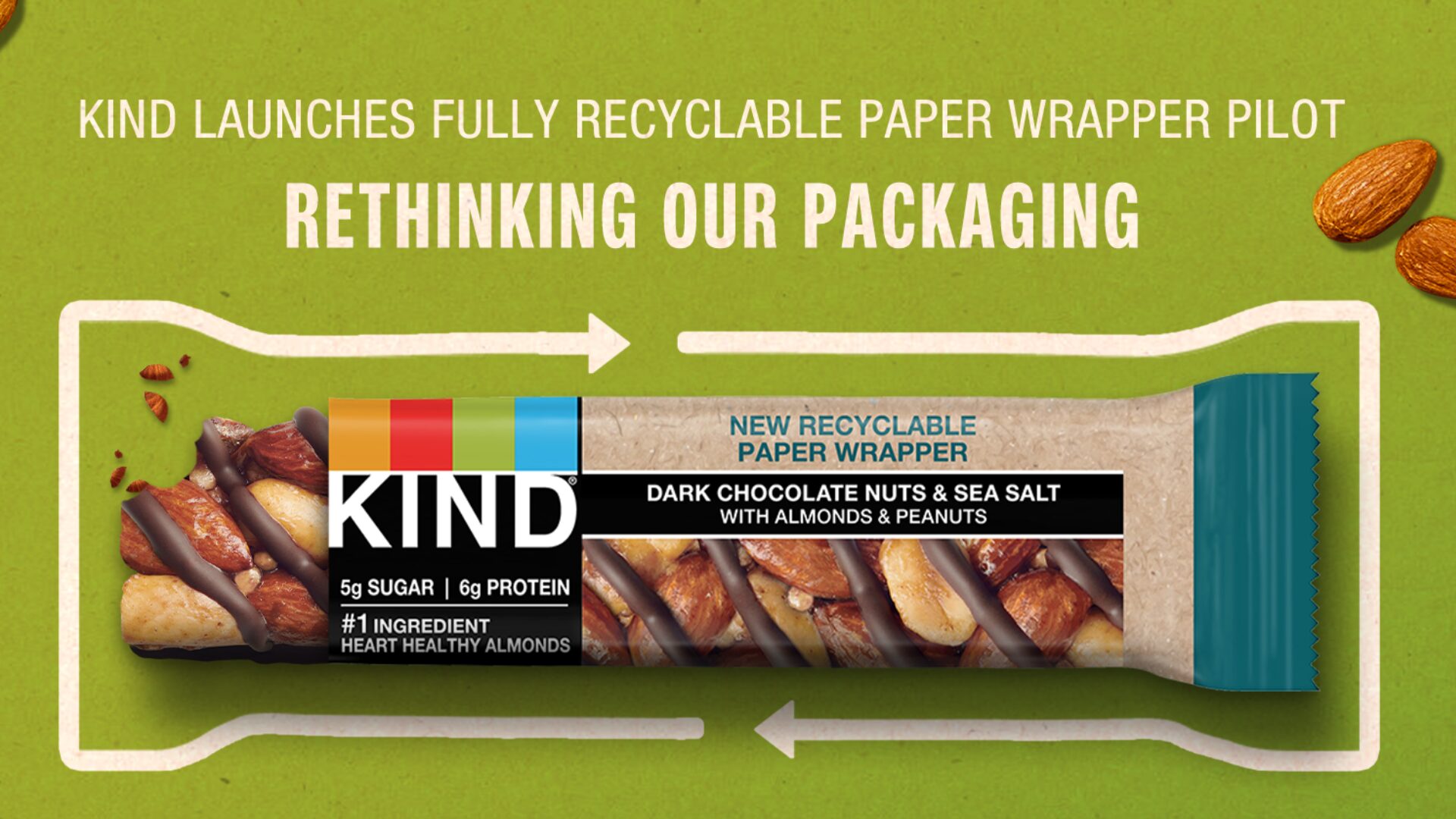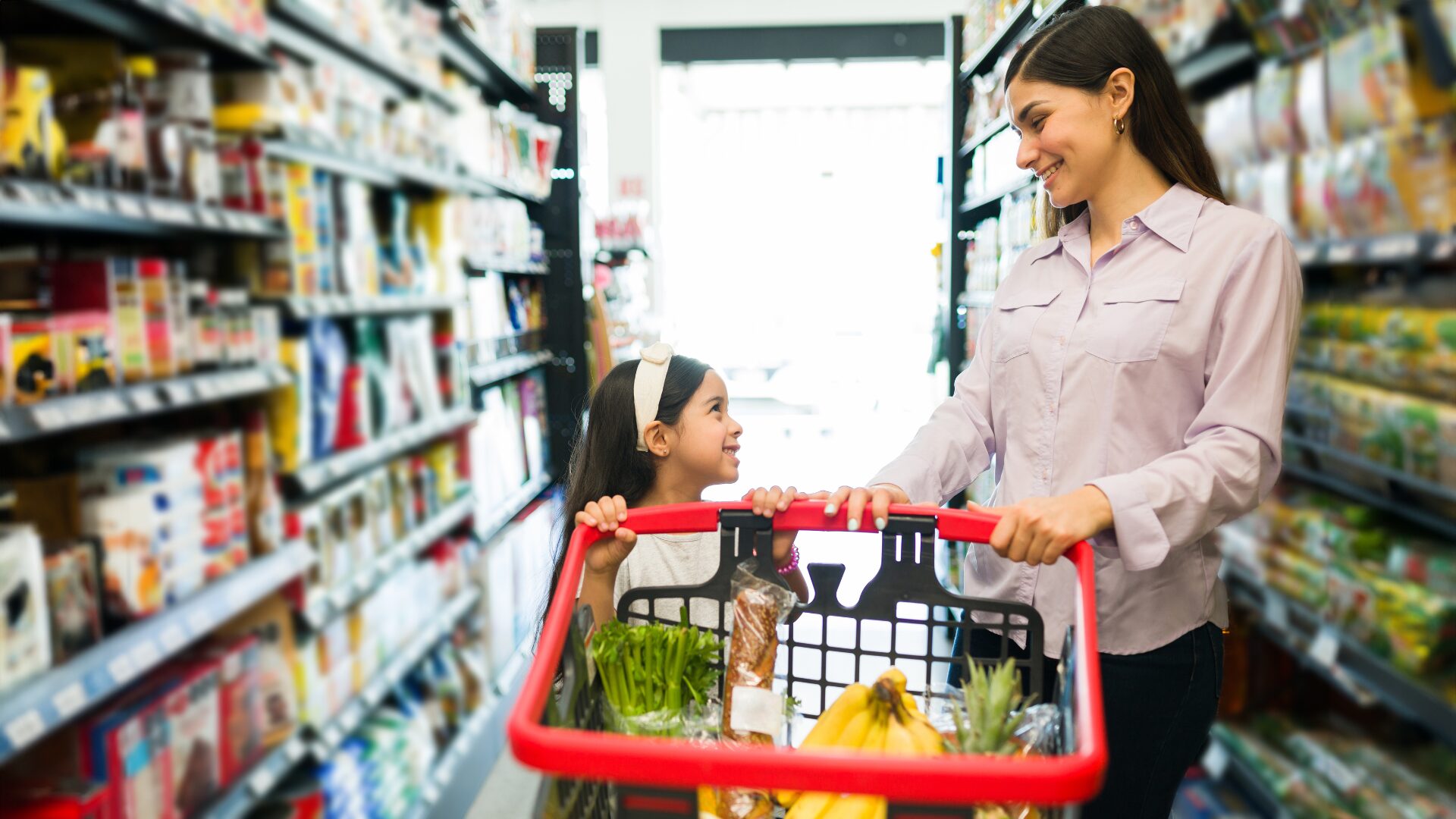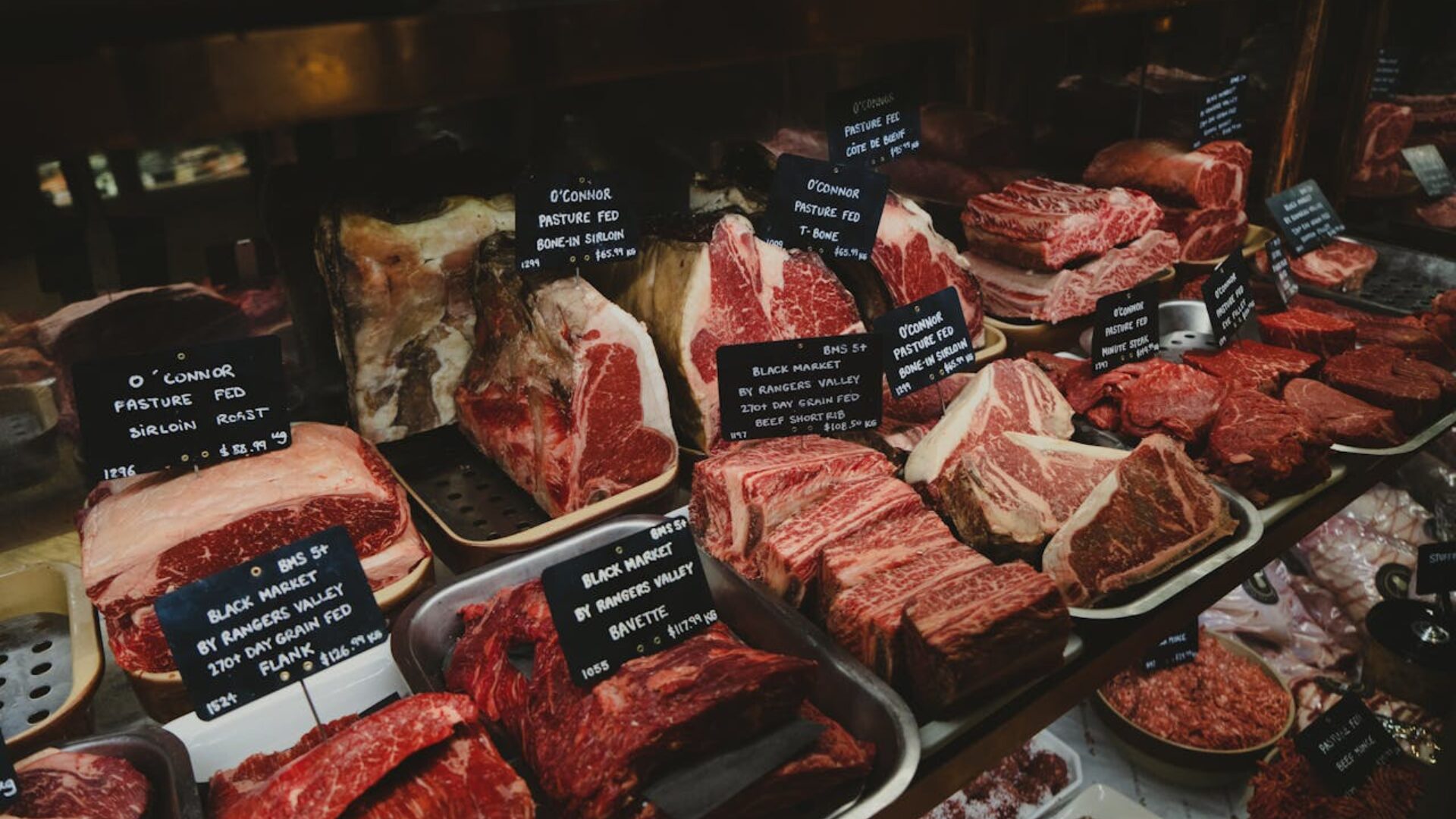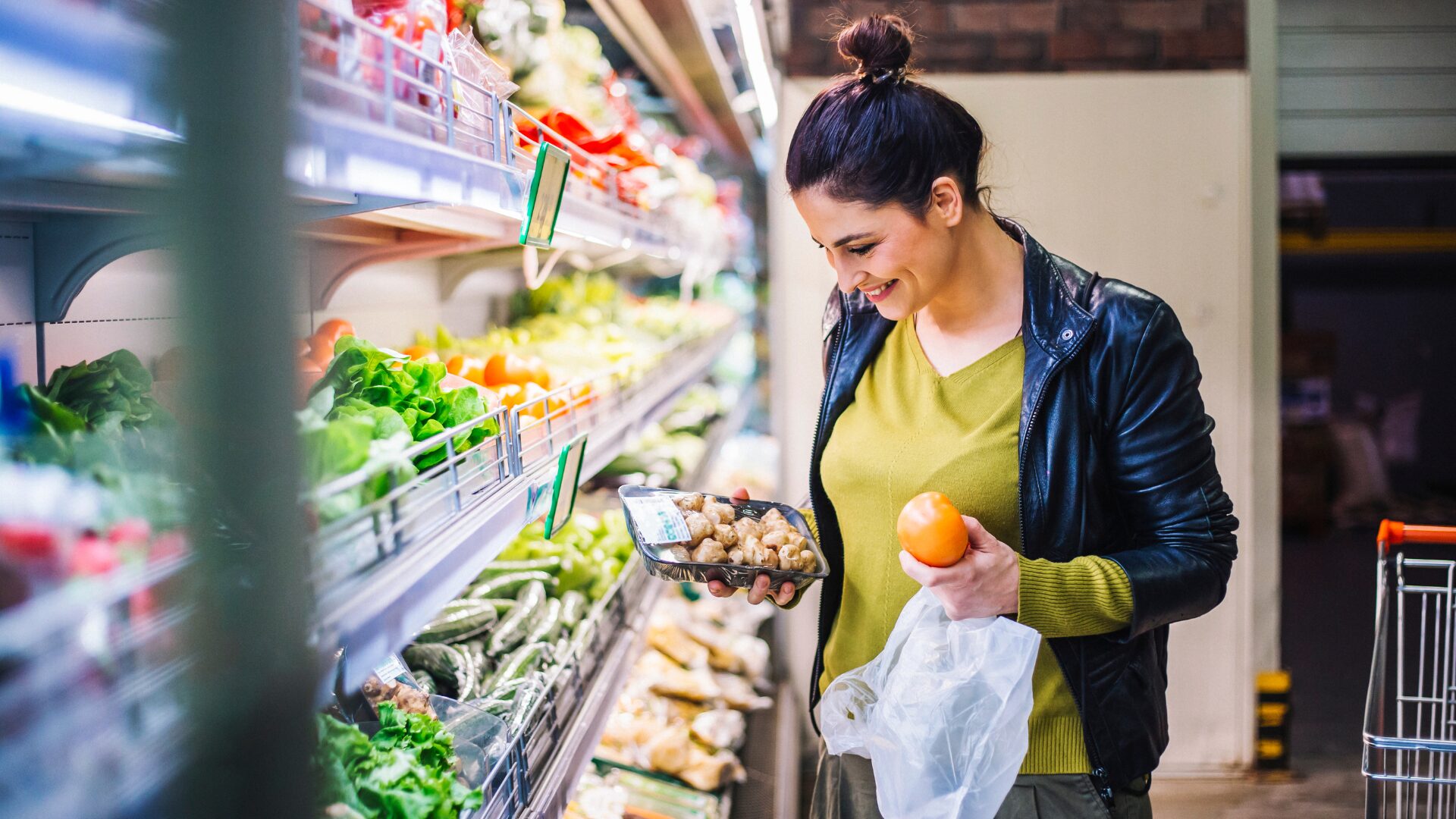According to Nielsen, at the close of 2019, brick-and-mortar food distribution represented the largest share of grocery sales—especially for fresh food. Despite this factoid, things are changing fast. In Nielsen’s words, “e-commerce maintained its meteoric rise,” and it forecasts internet sales over the next five years as growing to 15%-20% of the food and beverage sector’s overall sales.
Online Grocery Revolution
While shoppers aren’t completely lured out of stores, e-commerce has certainly whetted their appetite for food products from online sources. Grocers therefore need to understand and meet the rising demand of consumers and enable purchases from an e-commerce platform.
“Grocery shopping has often been viewed as a chore, meaning consumers will spend hours planning lists and meals, clipping coupons, and actually purchasing items. However, retailers and brands are working quickly to improve the experience and make the process more streamlined through e-commerce optimization,” said Julie Companey, director of grocery marketing, Valassis. “Those who create the right omnichannel promotional campaigns can gain a leg up and engage consumers while they are in the planning phase.”
Valassis’ “Unpacking the Dynamic Online Shopper: Grocery & Retail” report found that when shoppers plan their online orders, 40% look at online coupons from the store; 33% read print store circulars at home; and another 33% leverage email deals from stores and/or delivery services. Although grocery shoppers tend to be creatures of habit, 50% of online shoppers are more likely to make an impulse purchase than when shopping in-store.
According to Nielsen, food and beverage brand owners could prosper if they “thoughtfully and strategically adapt their packaging to an online promotion and home delivery model.”
Shipping and Fulfillment
Strategies Easy online ordering, versatile packaging, and automation all create an appealing experience for consumers accustomed to merits of omnichannel marketing.
Packaging can enhance the portability and salability of online food sales. The Association for Packaging and Process Technologies’ report “Trends and Advances in Food Packaging and Processing 2019” found packaging trends for e-commerce foods will work best if transparent, flexible, convenient, and sustainable. The report also noted that in the future, packaging will likely be interactive. Sounds a bit too futuristic, but it predicted packaged foods sold online will integrate smart device-enabled technologies to join the digital revolution.
For instance, sensors are routinely used in containers and trucks to detect and monitor temperature, humidity, and other parameters for food safety and risk of spoilage. Nanotechnology sensors—tiny sensors which can be embedded into packaging to perform the same functions—are in the incipient stages of development and may come to light in the years ahead. Such technology will combine with a growing mass of robotics and other technology helping move shipments from origin to the end-user.
In fact, many retailers are using robots to fetch and pick products. For example, Walmart recently launched the Alphabot in Salem, OH, to help fill a high volume of orders using automation. The autonomous carts can collect 800 products an hour, 10 times as many as a store worker, as reported by The Wall Street Journal (Jan. 8). After retrieval, Alphabot delivers the products to the workstation where an associate checks, bags, and delivers the final order. Walmart plans to add Alphabot to two more stores in California and Oklahoma later in 2020.
Meanwhile, The Kroger Co. partnered with Ocado Solutions, a provider of technology for grocery e-commerce, on the development of its own Customer Fulfillment Centers (CFC)—automated warehouse facilities with digital and robotic capabilities to bring fresh food to Kroger’s customers faster than before.
In regards to Kroger’s newest CFC location in Maryland, Robert Clark, Kroger’s senior VP of supply chain, manufacturing, and sourcing, said, “Through our strategic partnership, we are engineering a model for the region, leveraging advanced robotics technology, and creative solutions to redefine the customer experience.”
From App to Refrigerator?
Meeting demand for food means keeping up with Amazon Prime’s “order anything” with ease, any time, and it’ll be there in a few days—if not tomorrow.
Last fall, Marc Lore, president and CEO of Walmart eCommerce U.S. told meeting participants during the Baker Retailing Center’s Fall 2019 CEO Summit at the Wharton School of the University of Pennsylvania that logistics will need to play a more important role in e-commerce.
Speed is king, was his underlying message. In order to meet the demand of one- or two-day delivery, inventory management needs to get even more strategic. He likened the situation to hockey, where the puck is moving faster and faster, and the momentum is growing.
In order to keep up, Walmart is embarking in e-commerce that will go a step further. Lore said Walmart plans to deliver products right into consumers’ own refrigerators—literally entering their houses while they’re out, stocking the fridges, and cleaning up all the packaging.
The service, called InHome, is achieved with smart technology that includes locks with codes on refrigerators, cameras on the Walmart employees’ vests, and an app that monitors the delivery people as they enter and leave the house.
Lore likened the concept to Airbnb, where the idea of someone coming into your home and sleeping under your roof initially sounded too invasive, but once it got off the ground, it was embraced.
New visionary programs like Walmart’s will help shatter the barriers of e-commerce to provide consumers with real big changes in the years ahead.









